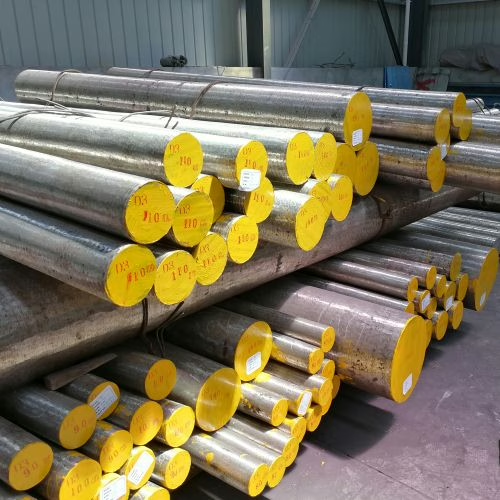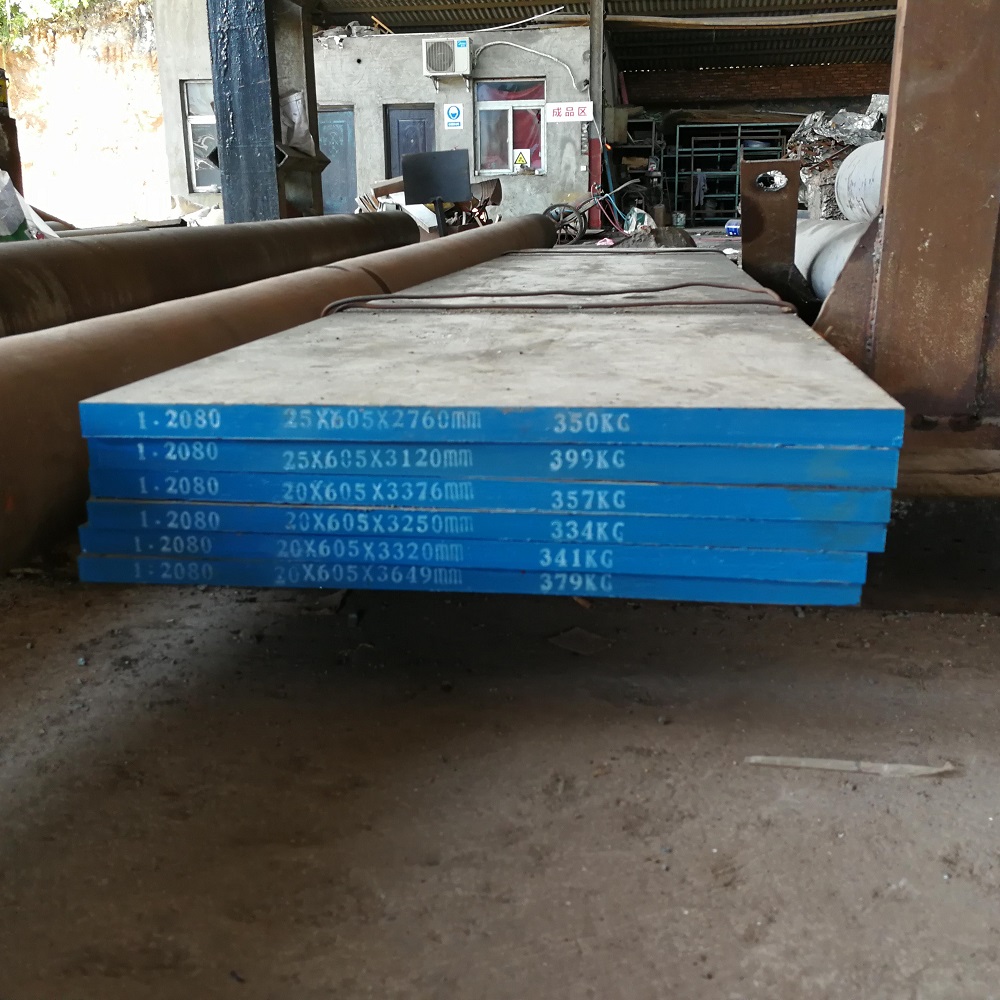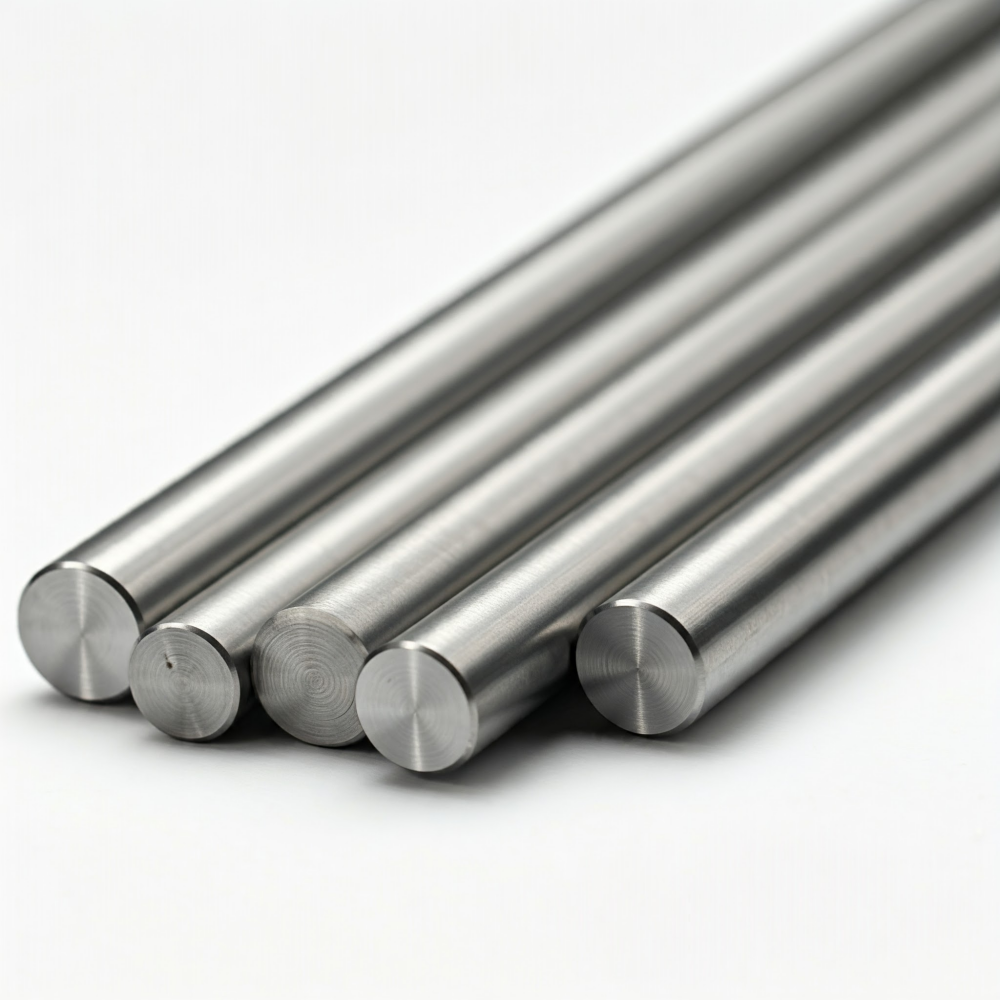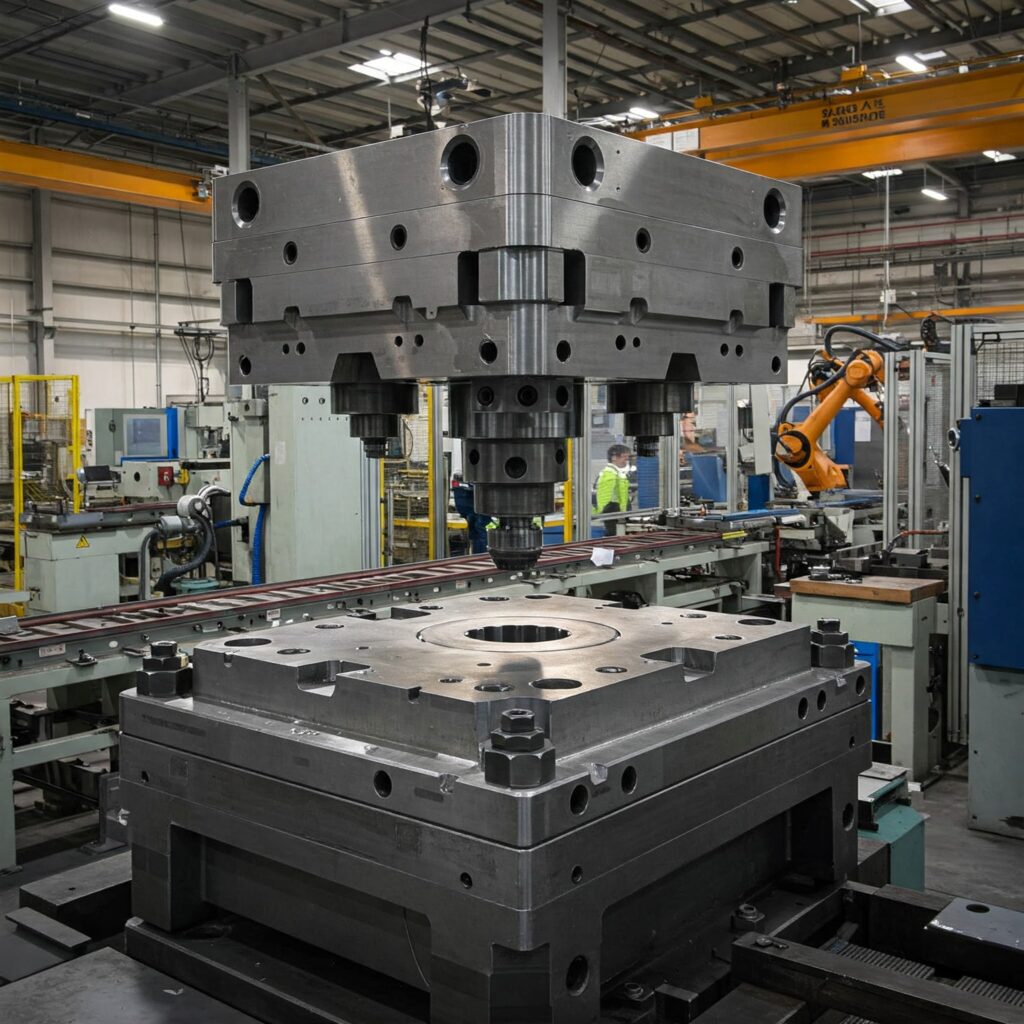فولاذ الأدوات D3 المعالجة الحرارية ضرورية لتحقيق أفضل خصائص الفولاذ، وتتضمن سلسلة من المراحل: التسخين المسبق، والأوستينيت، والتبريد، والتصلب. تهدف هذه العملية إلى تحويل البنية الدقيقة للفولاذ إلى بنية مارتنسيتية صلبة ومتصلبة باستخدام الكربيدات التي توفر خصائص أدوات القطع المطلوبة.
ما هو فولاذ الأدوات D3؟ فولاذ الأدوات D3 هو فولاذ أدوات عالي الكربون والكروم، يُستخدم للعمل على البارد، ويتميز بمقاومة عالية للتآكل، وقوة ضغط عالية، وخصائص تصلب عميقة. تركيبة فولاذ الأدوات D31 C2.00 – 2.35%، Cr11.00 – 13.50%، Mo≤ 0.40%، V≤ 0.35%، Mn≤ 0.60%، Si≤ 0.60%، P≤ 0.03%، S≤ 0.03%.
المكافئات لفولاذ الأدوات AISI D3:
- ألمانيا (رقم DIN/Werkstoff): 1.2080، X210Cr12، X200Cr12
- اليابان (JIS): SKD1
- الصين(GB): Cr12


فيما يلي خطوات المعالجة الحرارية لفولاذ الأداة D3.
التسخين المسبق
التسخين المسبق عملية أساسية في جميع أنواع فولاذ الأدوات تقريبًا، بما في ذلك D3. ورغم أنه لا يلعب دورًا في تفاعل التصلب من الناحية المعدنية، إلا أنه يؤدي ثلاث وظائف مهمة: تقليل الصدمة الحرارية، وزيادة إنتاجية المعدات، وتقليل الكربنة وإزالة الكربنة. تبلغ درجة حرارة التسخين المسبق 650 درجة مئوية/1200 درجة فهرنهايت.2.
التصلب (الأوستنيتي)
الأوستنيت هو الخطوة الثانية من عملية المعالجة الحرارية. تعتمد فولاذات الأدوات على إذابة كربيدات سبائك معقدة متنوعة أثناء عملية الأوستنيت. بالنسبة لفولاذ D3، تتراوح درجة حرارة التصلب المثالية عادةً بين 960 درجة مئوية (1760 درجة فهرنهايت)، أو بين 980 و1025 درجة مئوية (1796-1877 درجة فهرنهايت).
إخماد
بعد عملية الأوستنيت، يتم تبريد الفولاذ لتحويله الأوستينيت إلى مارتنسيت. المارتنسيت هو البنية الصلبة والهشة المطلوبة، والتي تُشكل أساس خصائص القطع للفولاذ. لا يحتوي D3 على الموليبدينوم، لذا يُخمد بالزيت. بالمقارنة مع التبريد بالهواء، ينطوي التبريد بالزيت على مخاطر تشوه وتشقق أعلى. لذلك، يجب التحكم في معدل التبريد لمنع تكوين أطوار غير مرغوب فيها، مثل البيرلايت أو الباينيت.
بعد الإخماد، يكون الفولاذ في حالة إجهاد شديد وعرضة للتشقق. من الضروري تبريد القطعة إلى حوالي 65 درجة مئوية (150 درجة فهرنهايت) قبل الشروع في عملية المعالجة الحرارية.
التقسية
التطبيع هو الخطوة الأخيرة الحاسمة في المعالجة الحرارية بعد الإخماد. أهدافه الرئيسية هي زيادة صلابة الفولاذ، وتخفيف الضغوط الداخلية، وتوفير صلابة ثانوية. يُنصح بشدة باستخدام التطبيع المزدوج أو الثلاثي لفولاذ D3 وغيره من الفولاذ عالي الكربون والكروم. يُتطبيع فولاذ D3 عادةً عند درجة حرارة منخفضة تبلغ حوالي 200 درجة مئوية (390 درجة فهرنهايت). عند هذه الدرجة، تبلغ صلابة فولاذ D3 60 HRC. كلما ارتفعت درجة حرارة التطبيع، انخفضت الصلابة النهائية. تعتمد درجة الحرارة المحددة على الصلابة المطلوبة.
في الختام، تتضمن المعالجة الحرارية الصحيحة لفولاذ الأدوات D3 تحكمًا دقيقًا في درجة الحرارة والوقت أثناء التسخين المسبق، والأوستينيت، والتبريد، وخاصةً دورات التطبيع المتعددة. يُعد فهم هذه الخطوات وإدارتها بعناية أمرًا بالغ الأهمية لتطوير البنية الدقيقة المطلوبة، الصلبة، المقاومة للتآكل، والمستقرة أبعاديًا، مع تقليل مخاطر التشقق والتشوه.
إذا كنت ترغب في شراء قضيب دائري أو مسطح D3/1.2080/Cr12، فلا تتردد في التواصل معنا. لدينا تشكيلة واسعة من الأحجام للاختيار من بينها، مع شحن سريع وجودة موثوقة.
- برينغاس، جي إي (المحرر). (2004). دليل معايير الصلب العالمية المقارنة (الطبعة الثالثة، ص 433). ASTM الدولية. ↩︎
- برايسون، وي (2007). المعالجة الحرارية واختيار وتطبيق فولاذ الأدوات (ص184). منشورات هانسر. ↩︎
احصل على عرض أسعار تنافسي لفولاذ الأدوات D3/1.2080/Cr12
بخبرة تزيد عن 20 عامًا في مجال التشكيل، تُعدّ Aobo Steel شريكك الموثوق في فولاذ الأدوات عالي الأداء D3/1.2080/Cr12. لا نوفر المواد فحسب، بل نوفر أيضًا الحلول. استفد من معرفتنا العميقة بالصناعة وسلسلة التوريد الموثوقة لنجاح مشروعك.
✉ تواصل معنا عن طريق ملء النموذج أدناه.


